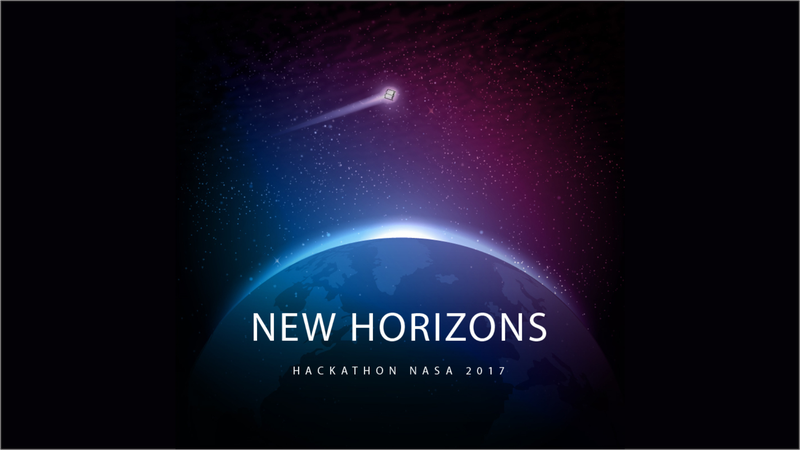New Horizons | Dictionary of Earth
The Challenge | Dictionary of Earth
New Horizons
New Horizons is an innovative way to scientistis end citiziens contribute to knowledge, share experiences and learn about science.

- Objective / Challenge
- Develop a creative tool for people and scientists to learn the definitions, concepts, technical terms using the power of crowdsourcing;
Problem
- How can we use NASA data to perform intuitive input of textual and visual data?
- How can we make it easy to enter data and find this data for users and scientists to be able to explore or be applicable to nasa missions?
- How can we ensure this data, the abbreviations, acronyms that are part of many technical terms?
Our solution
- New Horizons allows all users, young people, adults and scientists to contribute to science in a way that is both user-friendly and intuitive; Was separated into 3 main categories: globe, dictionary and missions;
- In the Globo category, users will be able to contribute information that has geolocation and / or physical addresses, such as a company, such information is inserted in an intuitive map with easy visualization of this data; In the dictionary category, users will have the information of the concepts and technical terms separated by categories, where they will be able to view all the information of a certain concept, such as creation date information, main responsible for its creation and other information;
- in the category missions, was separated into 3 dimensions, solar system, milky way and visible universe. Users can navigate between these dimensions and select points of interest to contribute and learn about a particular region or mission;
- all users will be able to contribute with the platform, but scientists responsible for the publication will be the evaluators of a certain subject of self-interest; Thus, the higher the contributions, the greater the chances of releasing emblems of their skills.
Resources used
SpaceApps is a NASA incubator innovation program.